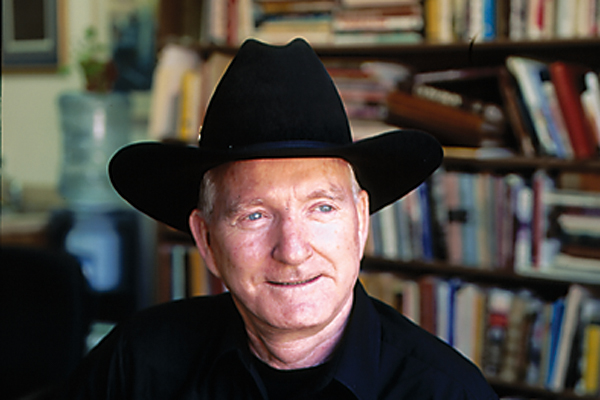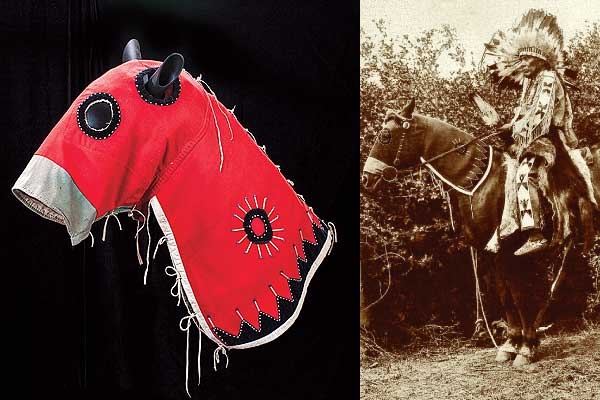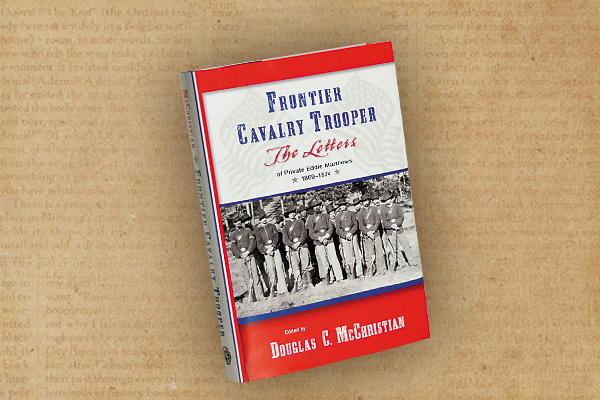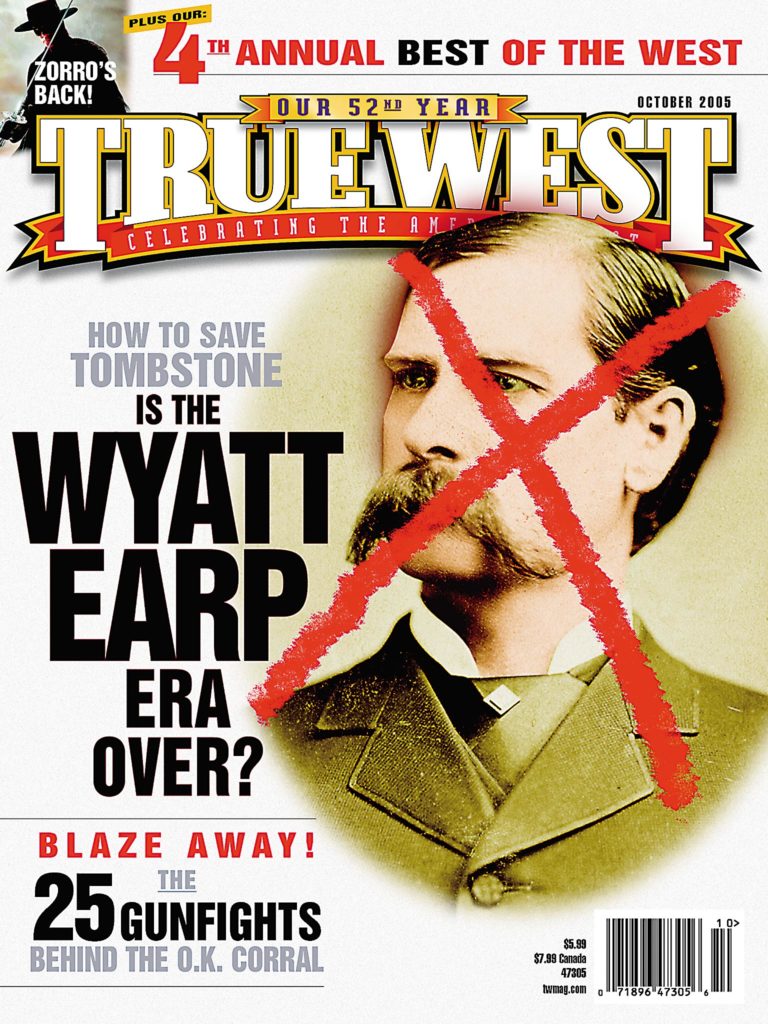 Which type of horse and saddle were the most liked and used by the U.S. Cavalry?
Which type of horse and saddle were the most liked and used by the U.S. Cavalry?
Paul Gordon
St. Thomas, Ontario, Canada
Let’s talk about cavalry saddles first. During the 1850s, Capt. (later Gen.) George B. McClellan was an attaché in Europe, where he observed saddles used by the Hungarian cavalry. McClellan improved on this saddle, presenting the War Department with a model that had an open slot down the middle, which went over the horse’s backbone, and two side bars that were joined by a high wishbone pommel and rounded cantle. The saddle tree was first covered with shrunk-on rawhide, before it was covered with black leather to prevent chafing. This saddle, with minor variations, was used by the cavalry until 1954.
The cavalry horse, according to government specifications, weighed between 900 and 1,100 lbs, was four to six years old and standing about 15 hands. They had to have a good disposition and a regular, easy gait. Eastern, well-bred horses were more common at first, but the army later used the Western breed as they were better adapted to arid lands. Cavalry horses were mostly solid colors, no pintos or piebalds. The long established custom was for each regiment to have as many troops as possible with horses all the same color. The horses were mostly browns, sorrels, chestnuts and light, dark and blood red bays. At one time, the cavalry had gray or “white horse” troops, but this practice was abandoned because they were too easy to spot at a distance. Buglers still rode grays for easy identification in battle. Due to the excellent care of these horses, many were still in use after 25 years of service.
Cavalrymen became very attached to their mounts. Horses suffered high casualties in battle, and reports have stated that troops broke down and wept openly when their horse was killed in battle.
Marshall Trimble is Arizona’s official historian.
His books include The Arizona Trilogy and Law of the Gun.
If you have a question, write: Ask the Marshall, PO Box 8008, Cave Creek, AZ 85327
or e-mail him at marshall.trimble@sccmail.maricopa.edu






